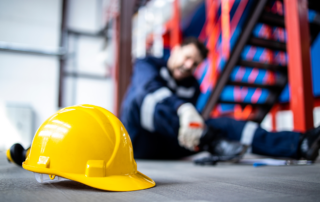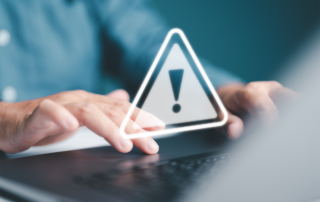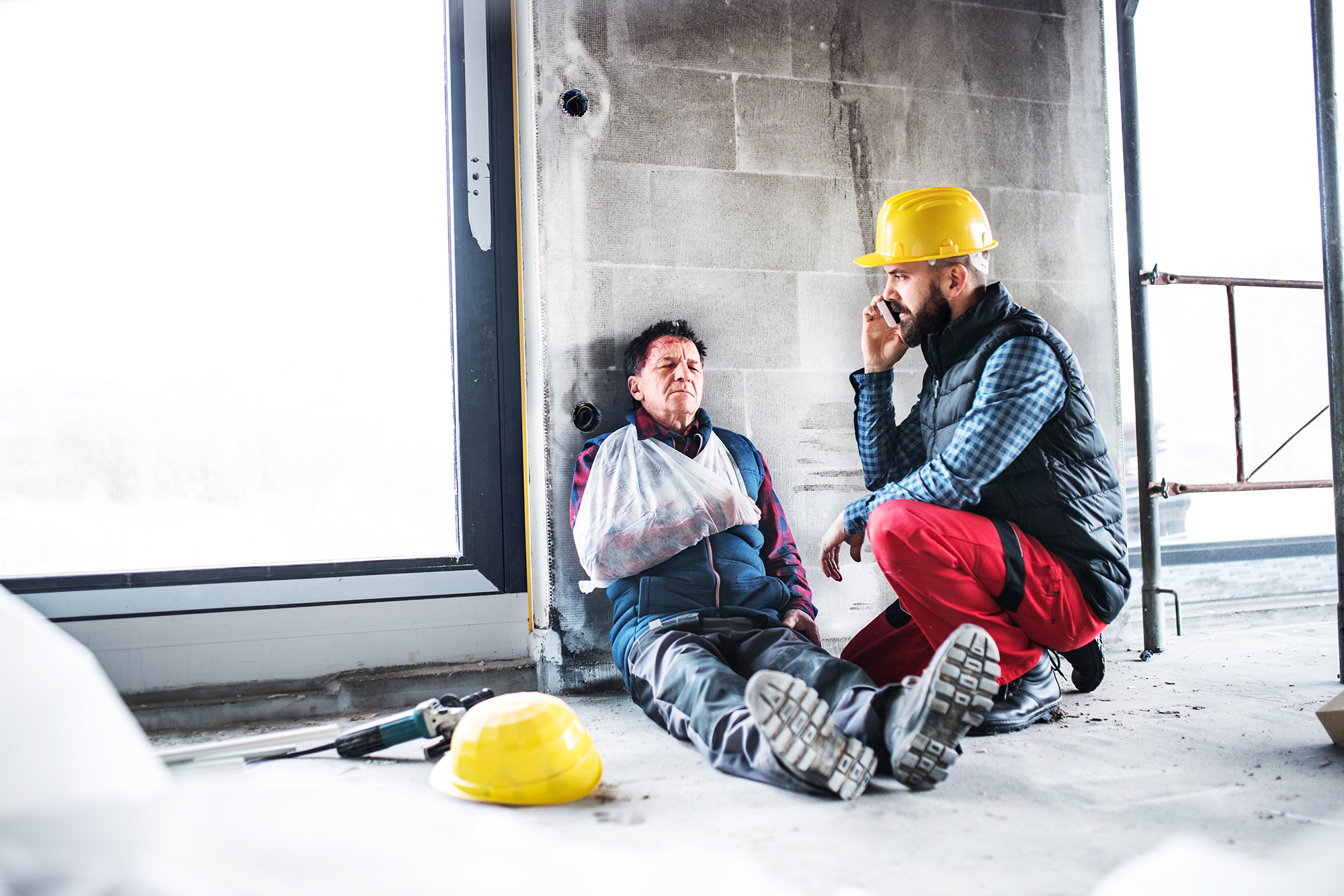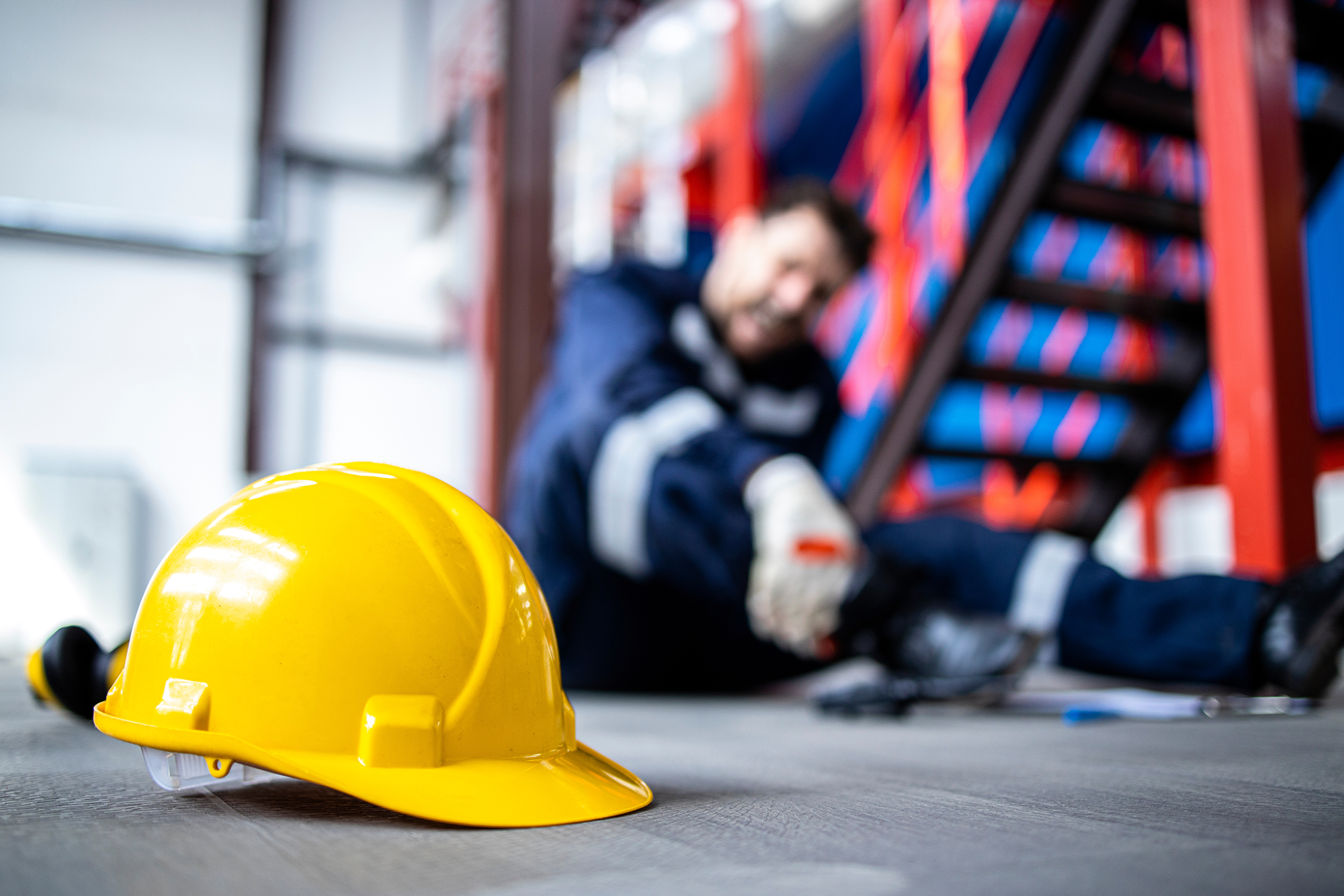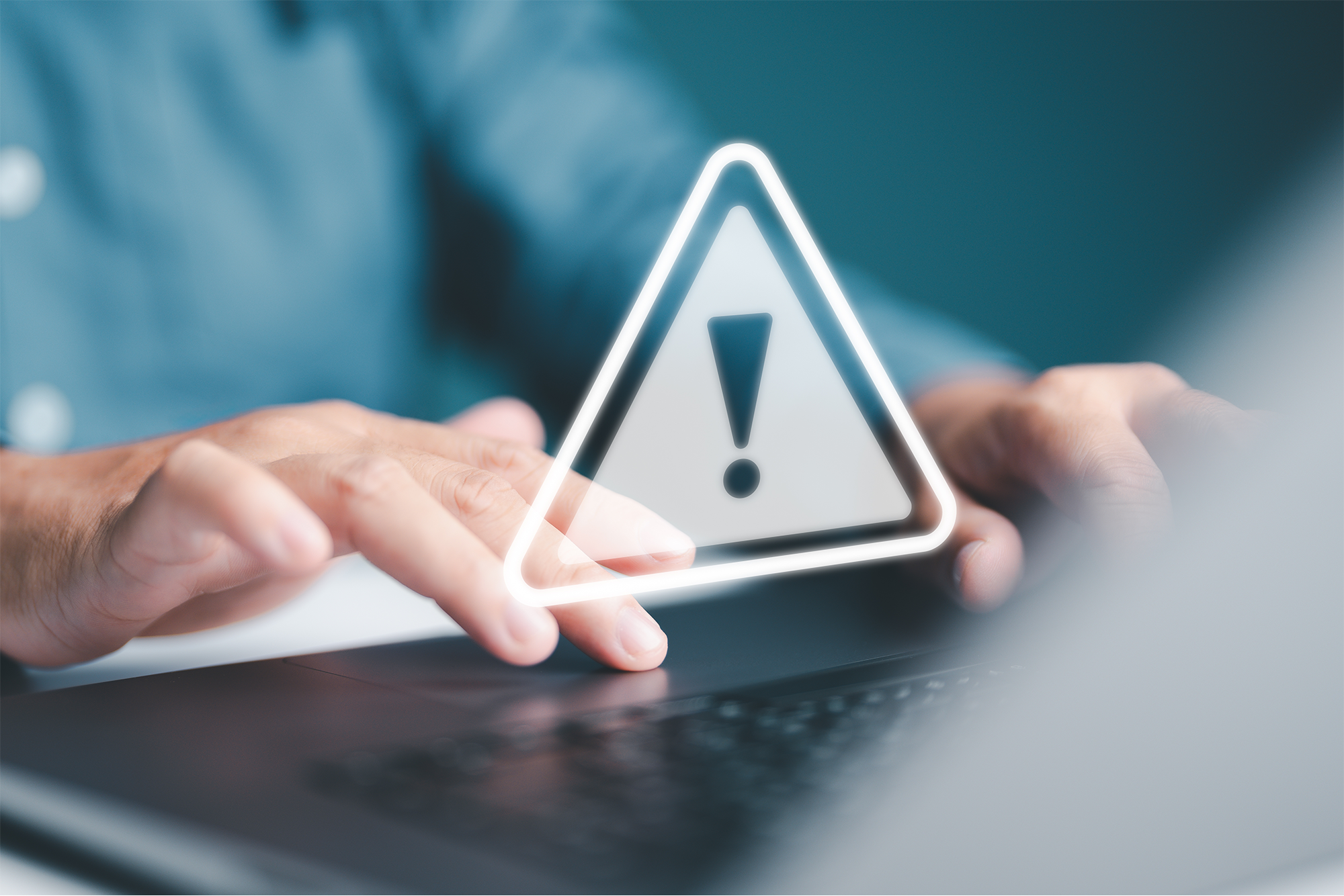Fall Prevention Precautions for Oil and Gas Workers
During the rigging up phase, railings, guardrails, stairways, walkways, and ladders are installed for safety and easy access to other areas of the site. They’re practical, but they’re also dangerous. To reduce the risk of harm, INSURICA is here to help you take the following steps:
- Use ladders that are in good repair and do not have missing rungs.
- Do not install stairs with missing or damaged steps. Instead, repair them before installation.
- Keep walkways clean and free of debris and tripping hazards.
- Use proper fall protection.
- Install guardrails prior to working in elevated areas.
In addition, you should also keep your fall protection system in good working order. To do so, inspect your equipment daily.
Webbing (body of belt, harness or lanyard)
- Inspect the entire surface of webbing for damage.
- Watch for frayed edges, broken fibers, pulled stitches, cuts or chemical damage. Broken webbing strands generally appear as tufts on the webbing surface.
- Replace according to manufacturer guidelines.
Buckle
- Inspect for loose, distorted or broken grommets. Do not cut or punch additional holes.
- Check belts without grommets for torn or elongated holes that could cause the buckle tongue to slip.
- Inspect the buckle for distortion and sharp edges. Carefully check corners and attachment points of the center bar.
- Check that rivets are tight and cannot be moved. Make sure the rivets are not bent.
- Inspect for pitted or cracked rivets that show signs of chemical corrosion.
Rope Lanyard
- Rotate the rope lanyard and inspect from end to end for fuzzy, worn, broken or cut fibers. Weakened areas have noticeable changes in the original rope diameter.
- The older a rope is and the more use it gets, the more important testing and inspection become.
Harness Hardware (snaps or “D” rings)
- Inspect hardware for cracks or other defects. Replace the belt if the “D” ring is not at a 90° angle and does not move vertically independent of the body pad or “D” saddle.
- Check bag rings and knife snaps to ensure that they are secure and working properly. Check tool loop rivets. Look for thread separation or rotting.
- Inspect snaps for hook and eye distortions, cracks, corrosion or pitted surfaces. The keeper latch should be seated into the snap nose without binding and should not be distorted or obstructed. The keeper spring should exert sufficient force to close the keeper firmly.
Safety Straps
- Inspect for cut fibers or damaged stitches inch by inch by flexing the strap in an inverted “U.” Note cuts, frayed areas or corrosion damage.
- Check friction buckle for slippage and sharp buckle edges.
Replace when tongue buckle holes are excessively worn or elongated.
This safety matters flyer is for general informational purposes only, and is not intended as medical or legal advice. © 2008-2010, 2019 Zywave, Inc. All rights reserved.
About the Author
Share This Story
Related Blogs
OSHA’s Safe and Sound Week Scheduled for Aug. 12-18
Each year, more than 5,000 workers are killed on the job. Additionally, more than 3.6 million employees are seriously injured each year while at work. Because of this, the Occupational Safety and Health Administration (OSHA) holds a nationwide event each August called Safe and Sound Week, which promotes the importance of companies incorporating safety and health programs into their workplace. This year, the event runs Aug. 12-18, 2024.
2024 Midyear Market Outlook: Workers’ Compensation
Profitable underwriting results have generated favorable conditions across the workers’ compensation insurance market for nearly a decade. According to the National Council on Compensation Insurance (NCCI), the segment produced combined ratios of 84.5 and 84.9 in 2022 and 2023, respectively, demonstrating continued profitability.
CrowdStrike, the Most Important Cyber Accumulation Loss Event Since NotPetya, Highlights Single Points of Failure
In what is being called “the most important cyber accumulation loss event since NotPetya,” the July 19, 2024, global technology outage (CrowdStrike) will produce scores of insurance claims across a range of policies, test cyber policy wordings,and sharpen the industry’s focus on single points of failure.

